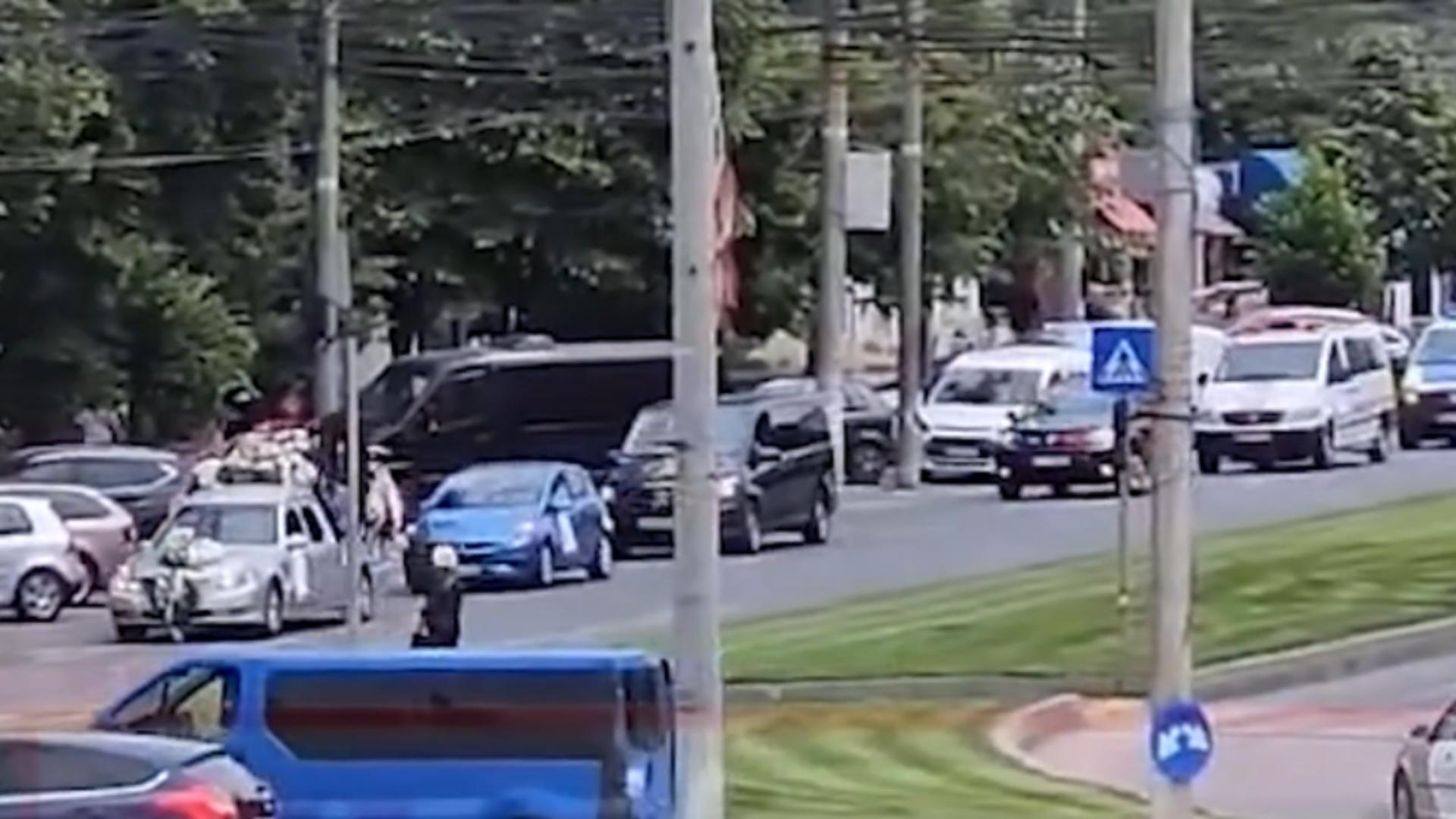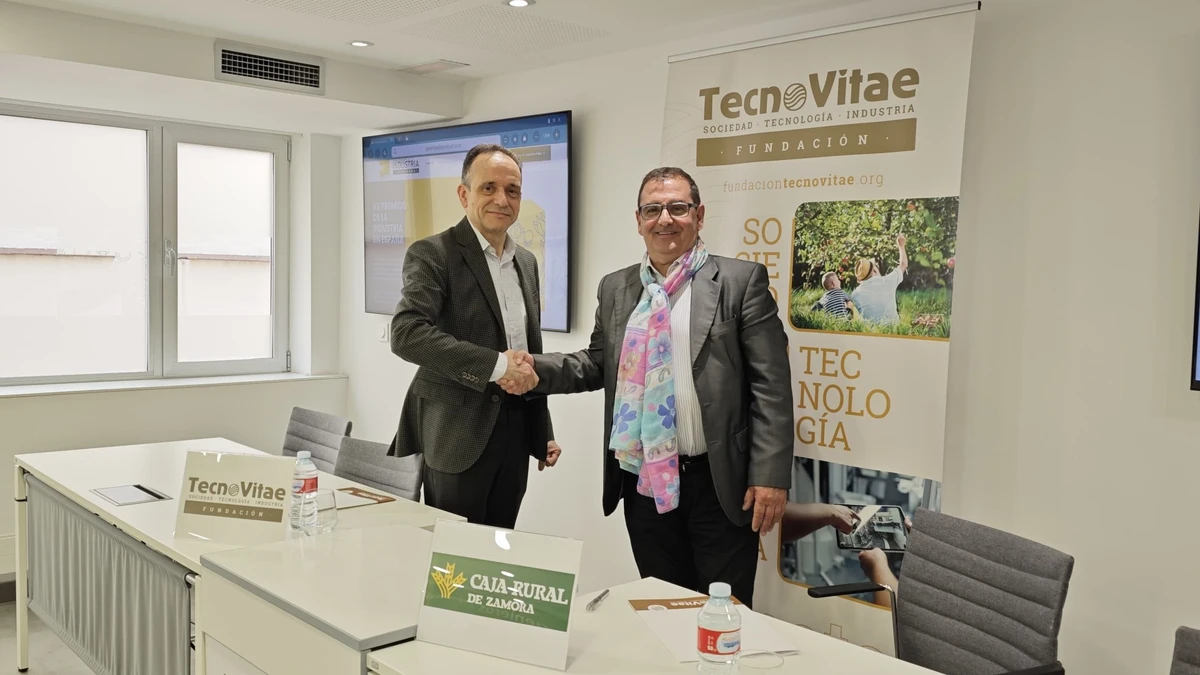To win the respect of Alejandro Hernandez Fuentes, the hardworking foreman of the last crew on the now-destroyed Francis Scott Key Bridge, one had to earn it.
Hernandez, 35, was so focused on the job that John Huntzberry, a former Brawner Builders worker, didn’t warm to him immediately. However, over time Huntzberry found the Baltimore father of four to be a selfless man, devoted to his family and active in his church.
“If you’re lazy or you don’t do your job to his standard, you won’t get along with him,” Huntzberry said. “You kind of have to prove yourself to be worthy of his friendship.”
Divers searching the Patapsco River Wednesday for wreckage of the bridge, which took eight workers into the water when it toppled early Tuesday morning after a cargo ship struck one of its support beams, found Hernandez’ body in a pickup truck submerged underwater. The search teams also recovered the body of Dorlian Ronial Castillo Cabrera, a 26-year-old Guatemalan who lived in Dundalk.
Hernandez had worked his way through the ranks at Brawner to become a foreman, said Bobby Knutson Jr., another former coworker from Northern Virginia. Knutson, who worked at Brawner for five years, said Hernandez started as a laborer, but eventually earned a company truck and oversaw his own crew.
Originally from Mexico, the foreman was a “fireball,” with a big personality that belied his short height, Knutson said. “He was the nicest guy ever, but you didn’t want to get on his bad side, because he took no crap from anybody,” Knutson said.
He was also “attached at the hip,” with his brother-in-law, Julio, who both Knutson and Huntzberry believed was rescued from the collapse and treated at R Adams Cowley Shock Trauma Center.
The pilot of the container ship that hit the Key Bridge, the Dali, issued a mayday alert at 1:27 a.m. Tuesday, minutes before impact. While police successfully stopped vehicle traffic onto the bridge before the collision, eight workers were still there. Seven of them worked for Brawner, including the worker who survived, and the eighth was a bridge inspector working for a state contractor.
Typically, there would be four vehicles on the bridge while a Brawners crew worked at night, Huntzberry said: the foreman’s truck, a truck bearing an air compressor, a flatbed truck with cones and barrels, and a crash truck parked behind those vehicles to shield them from an errant driver.
It was always loud up on the Key Bridge, Huntzberry said. Apart from the noises of machinery, workers could hear the “insane” wind. “It’s like being in a room with white noise playing all day,” he said.
The foreman’s English skills were good, Huntzberry said, so if Hernandez had heard a command to flee the bridge, he would have complied. “If you said, ‘Alex, a ship is about to hit the bridge, get off the bridge now,’ he would get off the bridge,” Huntzberry said.
Huntzberry said Hernandez insisted on listening to Christian songs while they drove together in the truck and begged him to switch off his metal or hip-hop music. The foreman’s focus was always on providing for his wife and his two sons and two daughters, Huntzberry said, and he was generous.
“That’s a big thing in the Christian church to try to be Christ-like, and to try to be nice, kind, caring, loving and compassionate towards others. And he was all of those things,” Huntzberry said.
Although Hernandez mostly stayed out of the friendly ribbing workers gave each other, he would occasionally break out of his shell, Huntzberry said. He was delighted when co-workers learned a few words of Spanish, which they mostly used to tease each other.
Miguel Luna, of Glen Burnie, and Maynor Suazo Sandoval, of Owings Mills, are among the four still missing workers who are presumed dead. CASA Maryland, an immigrant advocacy and assistance organization, identified the two men Wednesday as members of the organization. Authorities have only officially identified the two men whose bodies were found Wednesday.
“They’re not just a newspaper clip of six guys who died on a bridge in Baltimore,” Huntzberry said. “These guys were friends and brothers and uncles and grandsons and nephews. They had families right here in Maryland and they were involved in their kids’ sports and their kids’ schools.”
Many people don’t understand bridge construction work and what it takes, Huntzberry said. He hopes that the men didn’t have a chance to be scared as the bridge collapsed. He hopes the city remembers their names.



_6c1e95575f.jpg)

